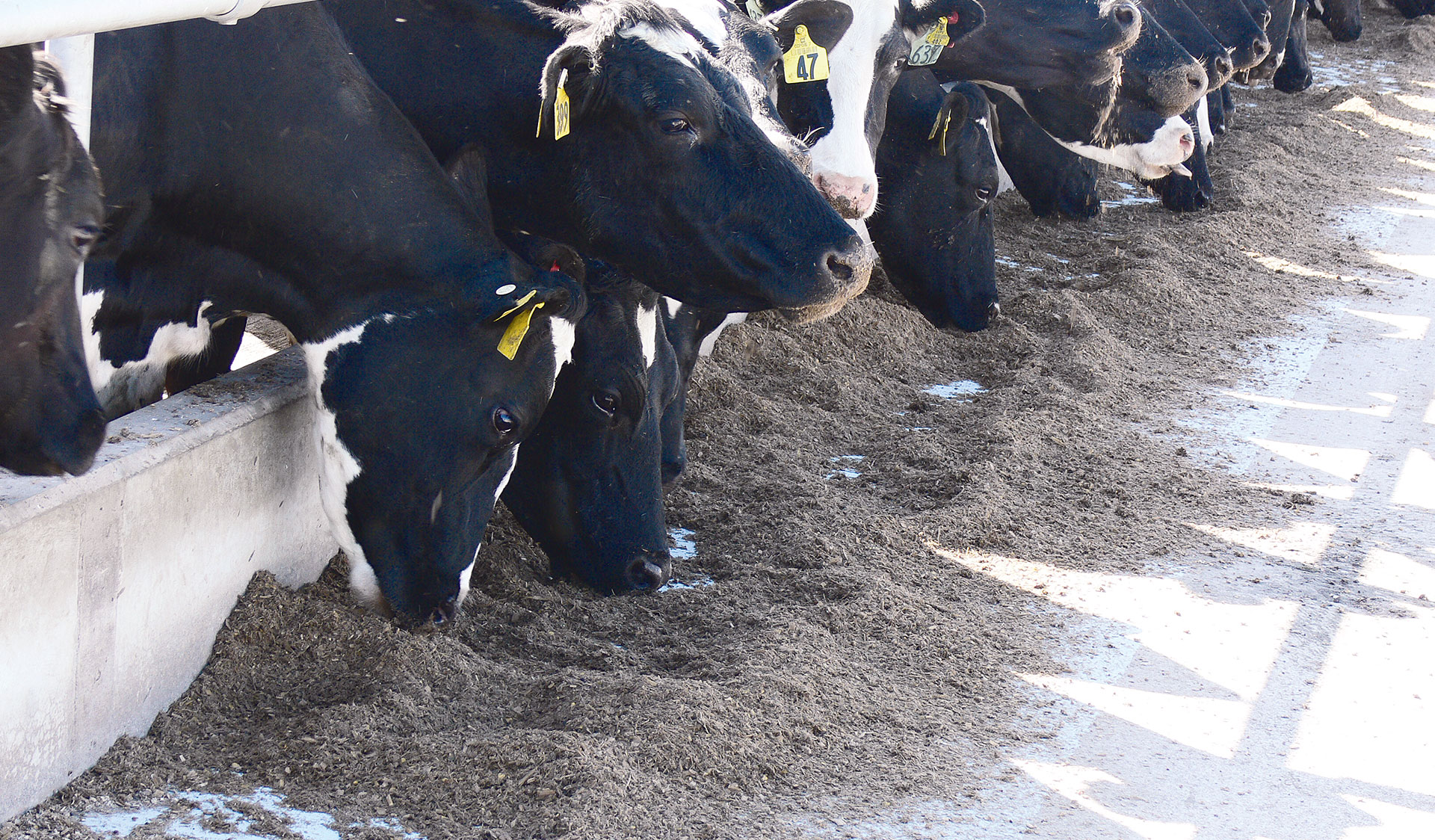Facial Eczema (FE) is a disease which causes lowered production, skin irritation and peeling and sometimes death.
Facial eczema is cause d by a toxin (sporisdesim) produced by the spores of the fungus Pithomyces chartarum growing on pasture. The fungus grows in the dead litter at the base of pasture in warm moist conditions.
Sporisdesim, when ingested by cattle, damages the liver and bile ducts.
The damaged liver cannot rid the body of wastes and a breakdown product of chlorophyll builds up in the blood causing sensitivity to sunlight, which in turn causes inflammation of the skin.
- a drop in milk production
- cows are restless, seeking shade and lick their udder
- exposed unpigmented or thin skin reddens, thickens and peels
Not all animals affected with FE show physical signs (i.e. clinical FE) although liver damage (i.e. subclinical FE) has occurred. It is estimated that for every clinical case there will be 10 cows with subclinical FE.
Milk production of animals with subclinical FE can be depressed by up to 50%. Blood tests can be used to monitor the extent of subclinical FE.
Badly damaged liver tissue will not regenerate. Chronic wasting and/or death may occur at the time of damage or months later when the animal is under stress (e.g. calving).
The fungus produces spores when grass minimum temperatures are above 12°C for two or three nights and humidity is high (usually January to May).
The fungus grows on soft litter at the base of the pasture so hard grazing during danger periods increases the risk of spore intake as does topping which increases the build-up of soft litter.
There is no cure for FE so prevention is the only way of protecting animals. To be effective, preventative measures need to be in place before eczema spores are found.
Preventative measures include monitoring pasture spore count and either dosing animals with zinc or spraying pastures with a fungicide.
Start early – at least two to three weeks before the spore growth danger period.
Weigh a representative sample of at least 20 cows of each of the mobs to be treated to calculate the dose of zinc required.
Fully dose cows with zinc: drenching with zinc oxide, water dosing with zinc sulphate, administering in feed or as an intraruminal bolus.
The more control a farmer has over the amount of zinc a cow receives the more likely it is that the cows are receiving the correct daily dose. Zinc drenching and intraruminal bolus will, for this reason, provide more reliable protection than adding zinc sulphate to drinking water.
Zinc is toxic in high doses; care should be taken in calculating dose rates.



